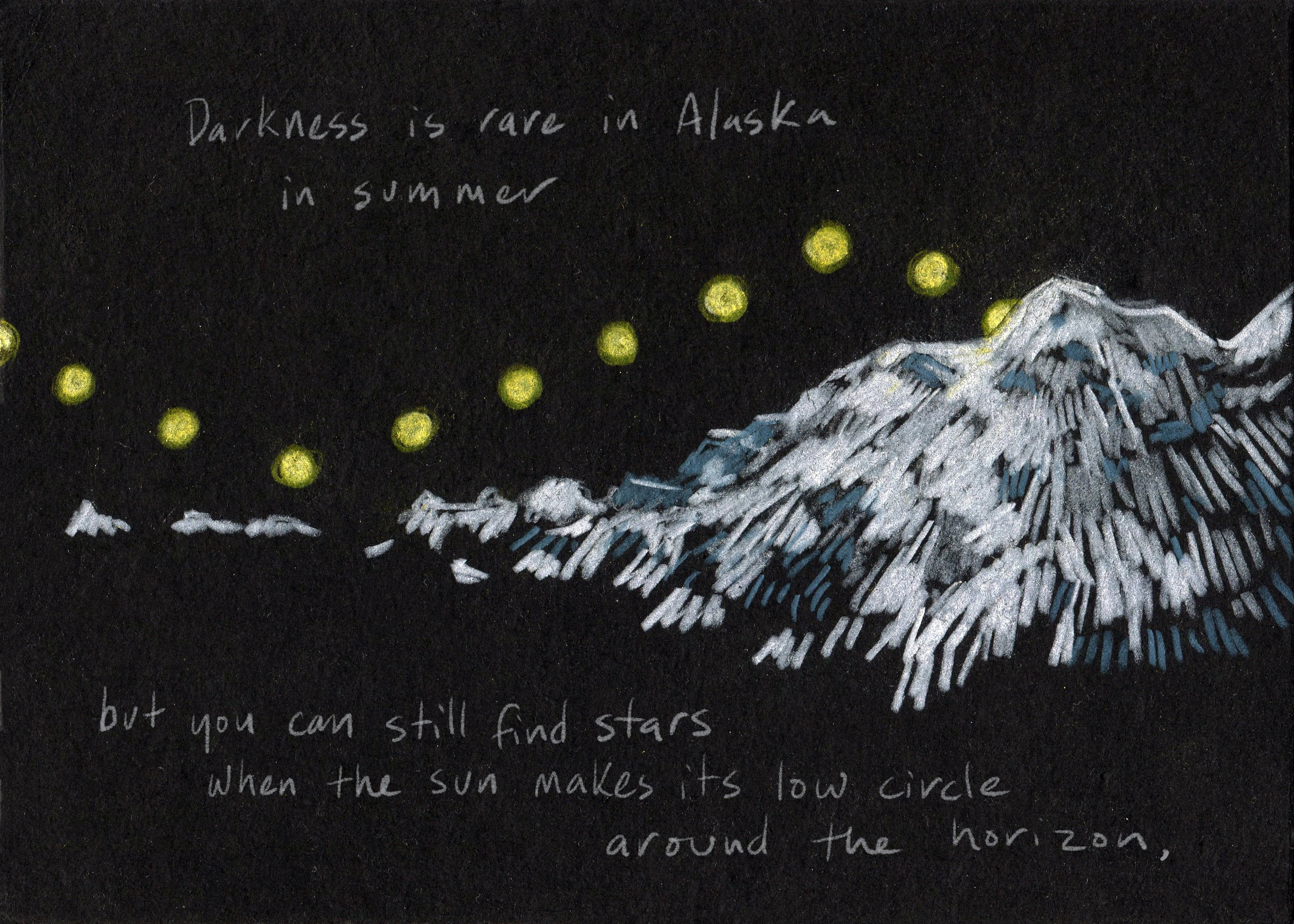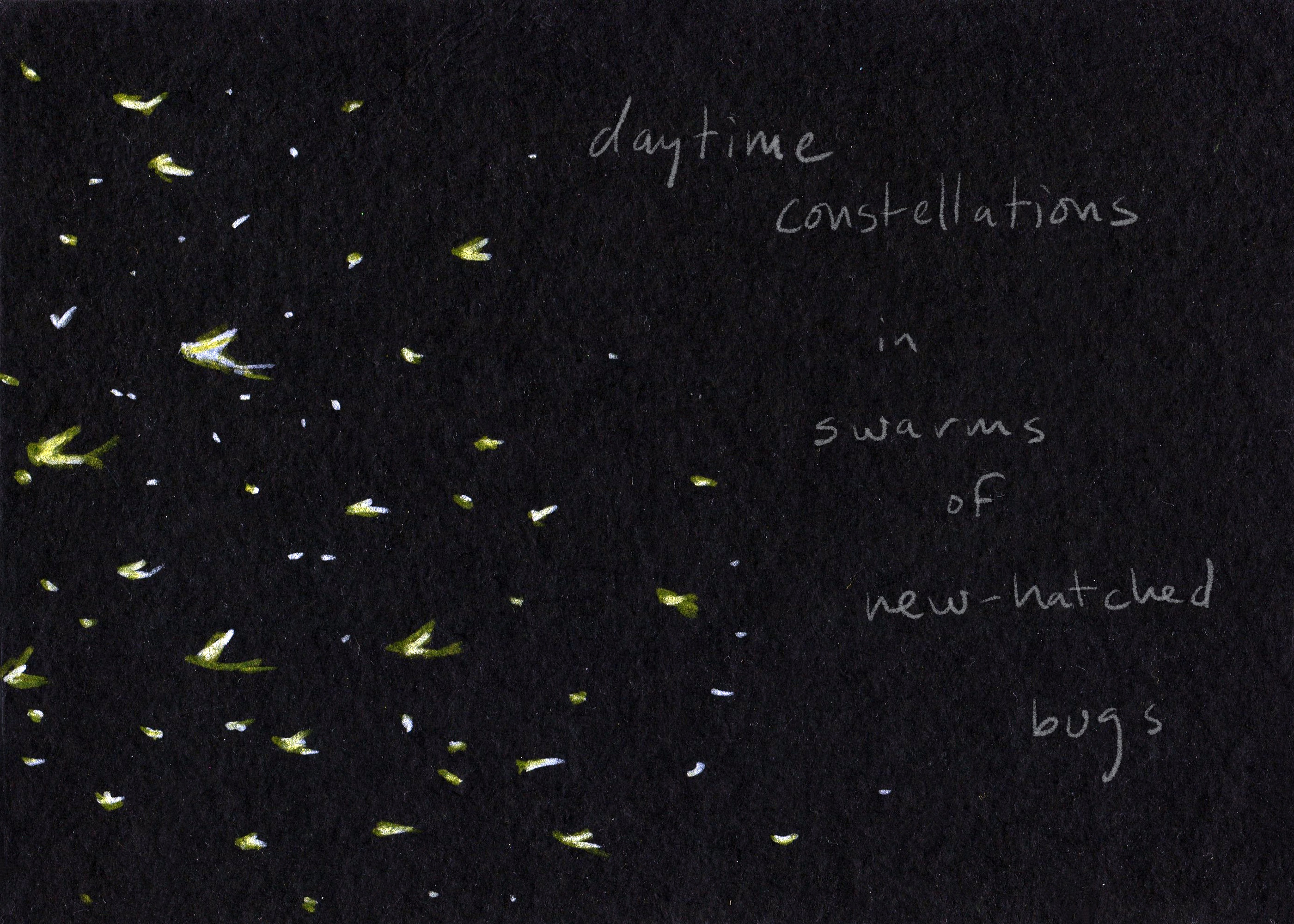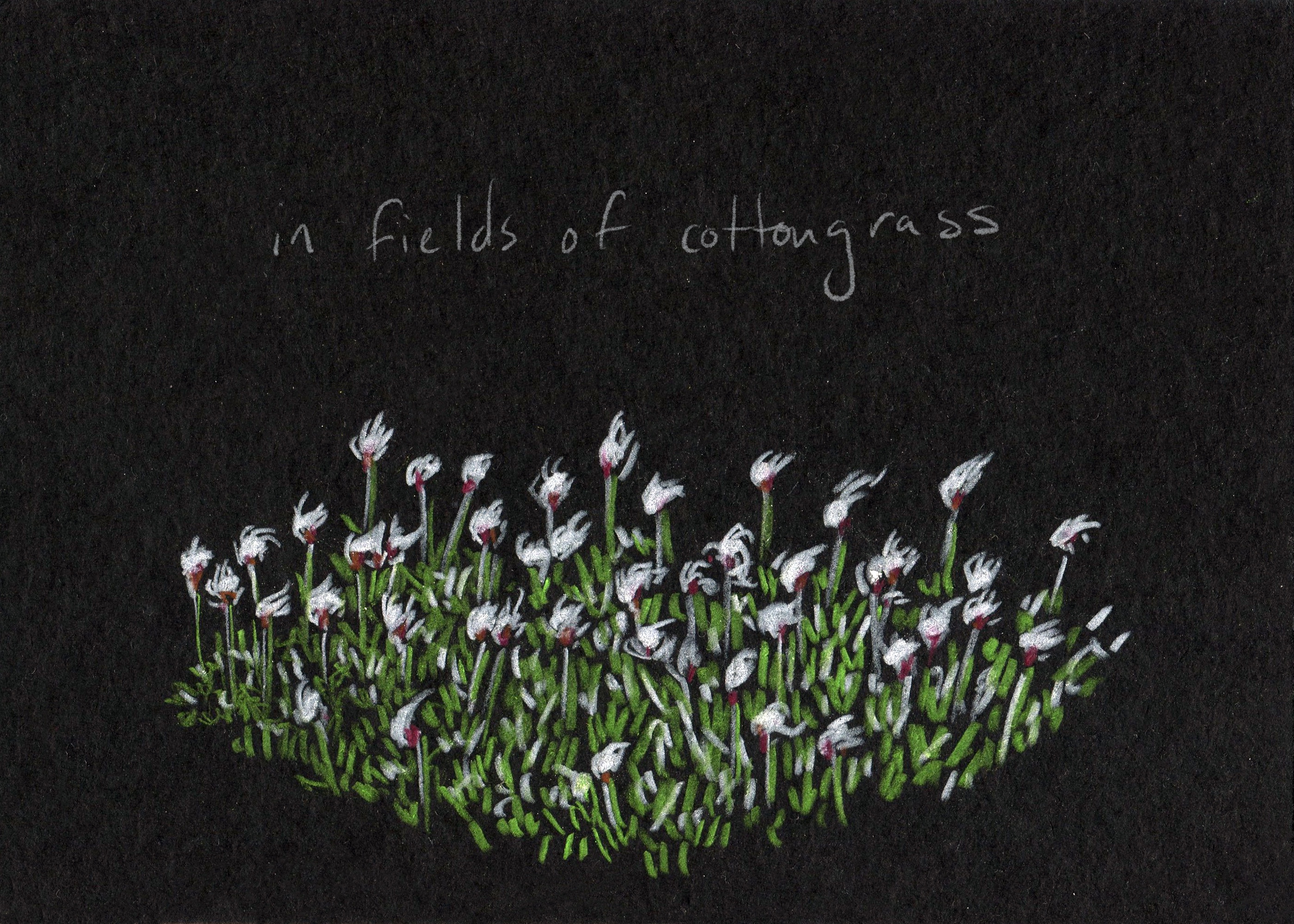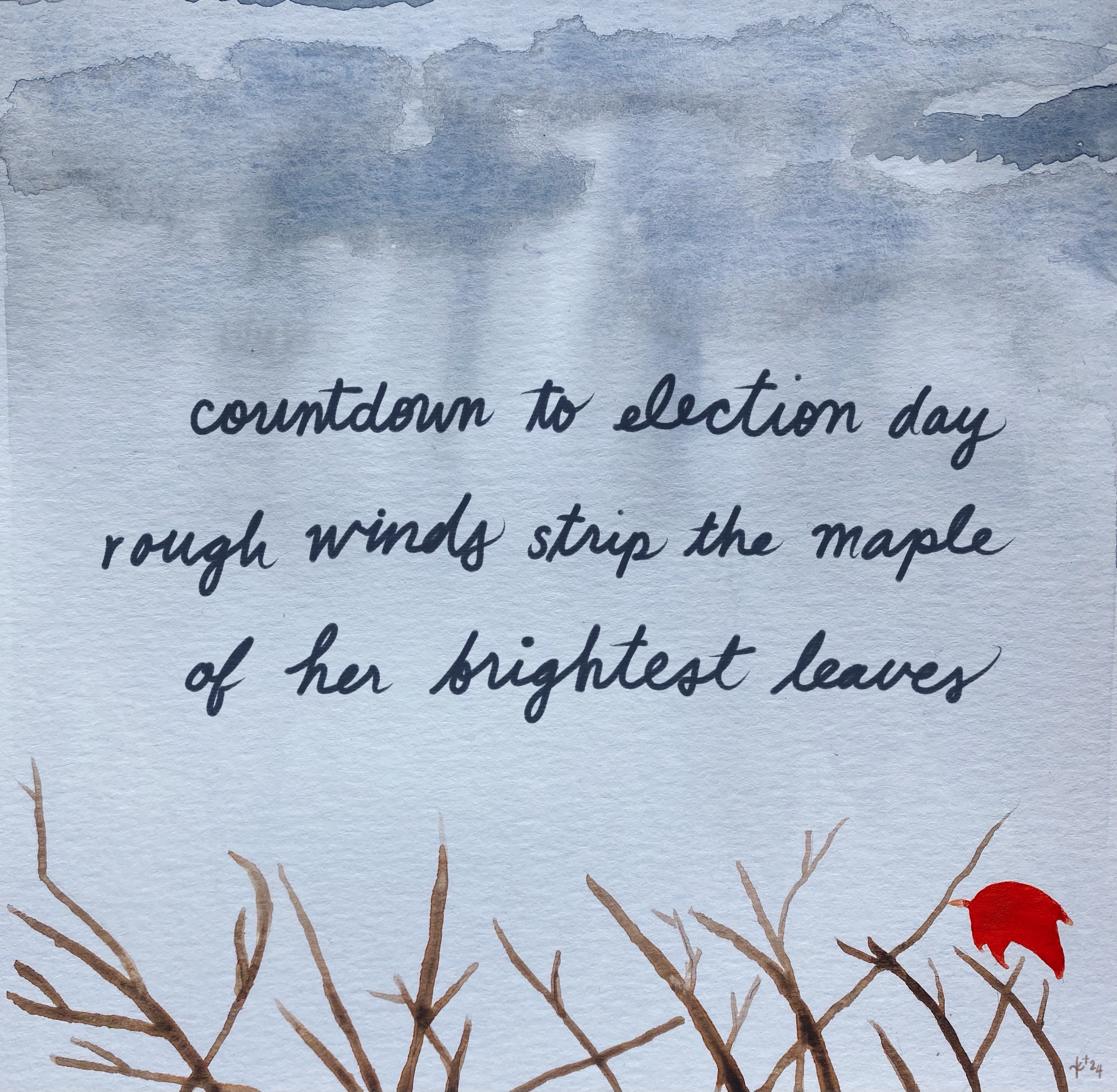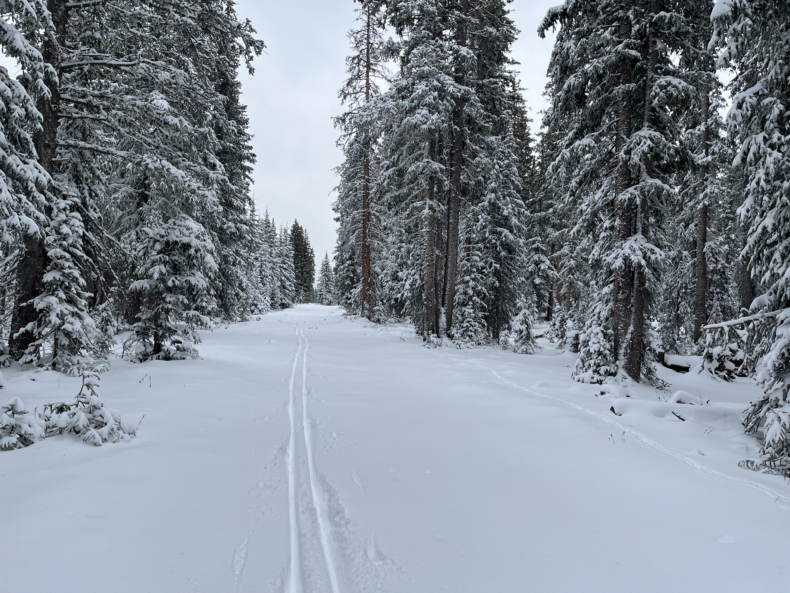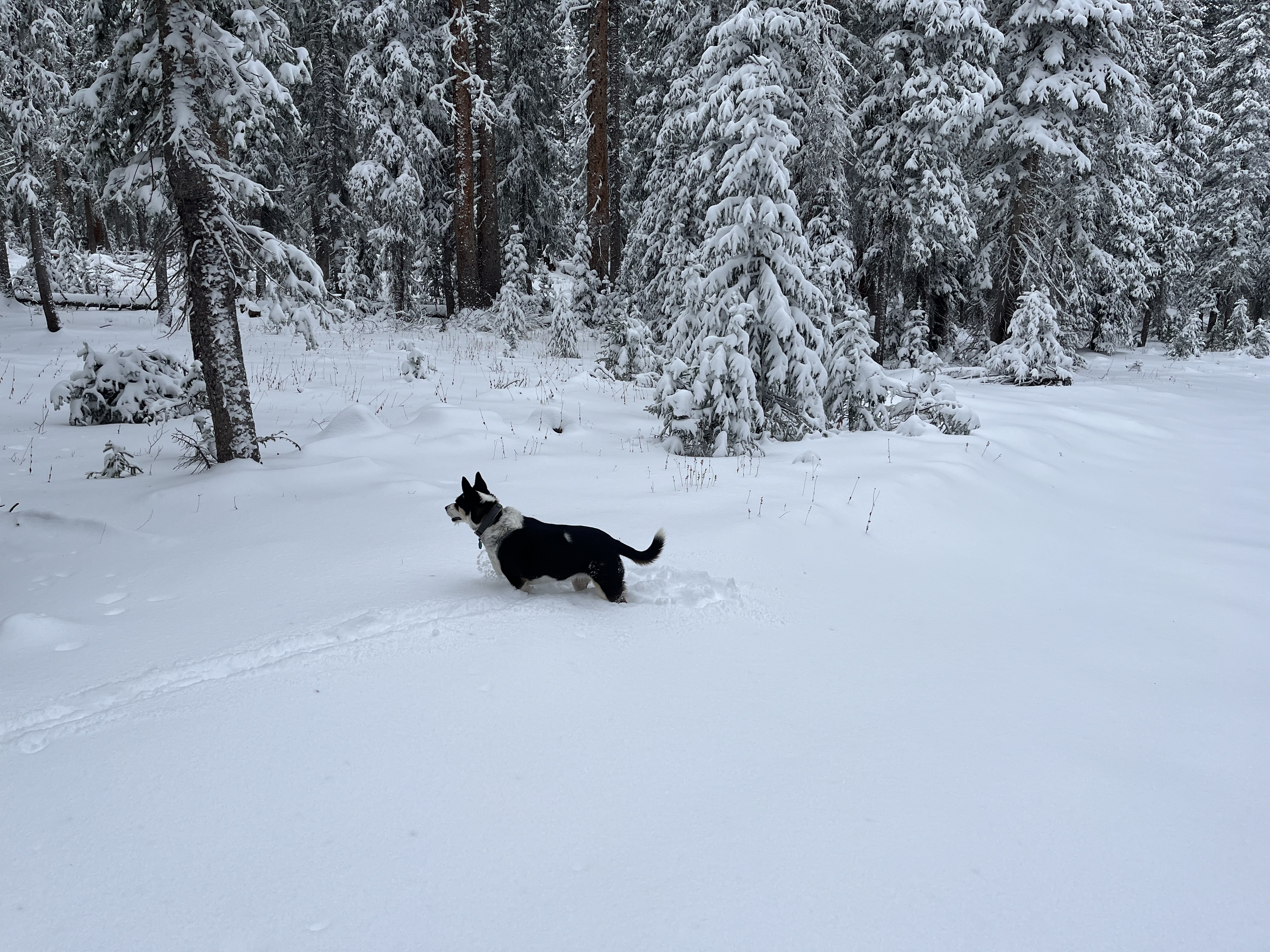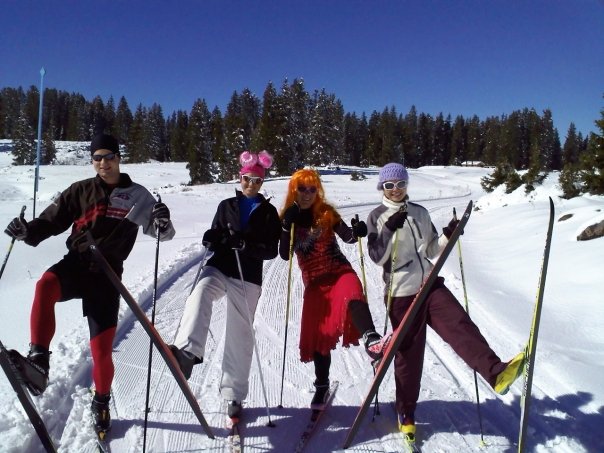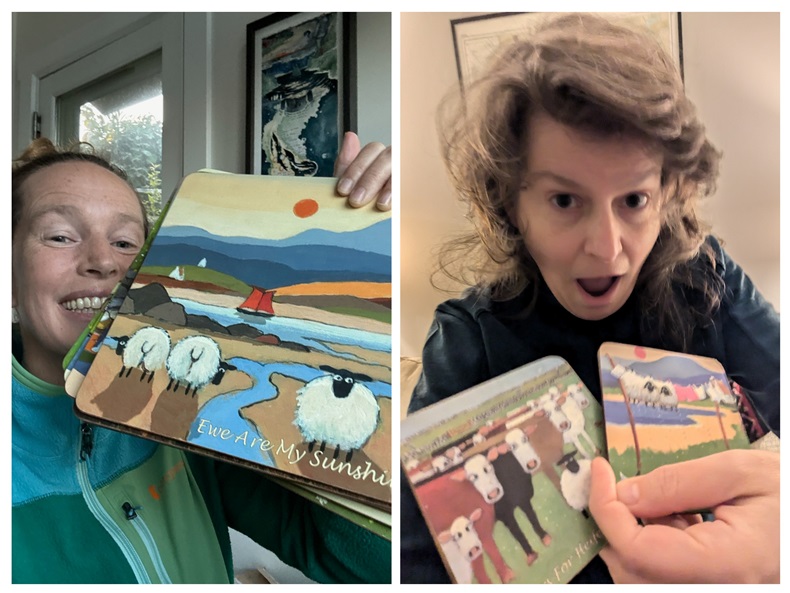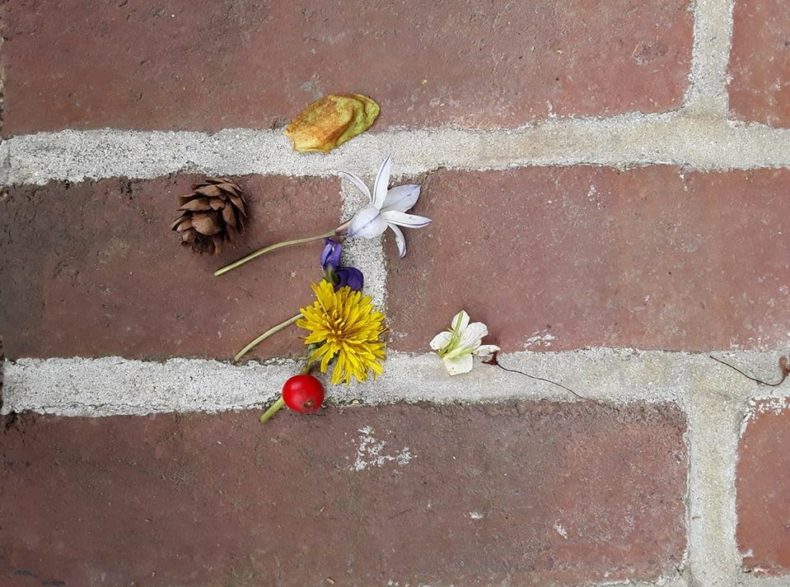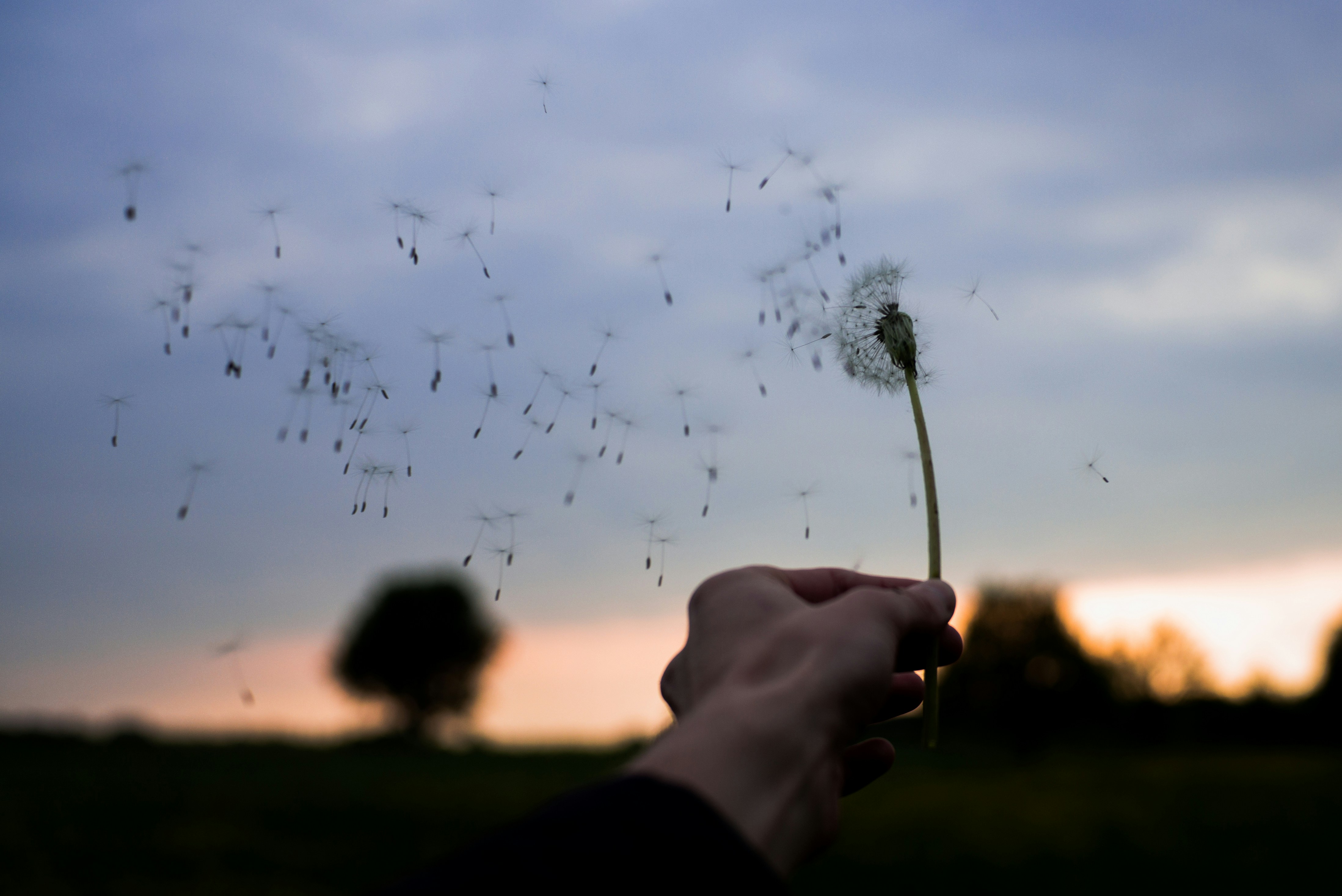
ANN: Richard Panek has just published a book called The Pillars of Creation. It’s about the James Webb Space Telescope — which I call JWST and Richard calls Webb, and there’s a story behind that difference but it’s not relevant here — and how it got built and what it’s finding. And Richard, this is SUCH a big subject, the whole multi-year, multi-field enormous expensive telescope. I can imagine ponderous tomes on the politics and construction alone. How did you decide which steps of the JWST’s construction process to include and which to leave out?
RICHARD: First, Ann, I’d like to thank you for inviting me back to LWON. I joined LWON at your invitation all the way back in 2010. For several years I was a regular contributor, and then for a few years I was an irregular contributor—and I leave the punchline to you.
ANN: An irregular contributor? Like, those astronomers who study astronomical transients are transient astronomers? “Irregular” like you’re a little zigzaggy, you slip the leash every now and then?
RICHARD: Kudos for avoiding the constipation interpretation. But I’ve missed coming into the office, and now that I’m here, I have to say I’m glad to see the rolltop desk hasn’t budged and that the red-and-black ribbons in the typewriters are fresh. Some of the inkwells, alas, are dry, but I guess that’s the price of progress.
ANN: You’re quite right about the rolltop and the typewriters — LWON sometimes feels like kind of a throwback. I mean, do people do blogs any more? At LWON, We still Write Whatever The Fuck We Want (WWWTFWW), the motto you first elucidated, Richard–so the dry inkwells I have to take umbrage over. I feel the inkwells are quite wet, juicy even. Now, rather than have this conversation devolve into identities and analogies, shall we just change the subject?
RICHARD: Ah, you asked a question about how I made manageable the scope of Webb’s decades-long lead-up to the launchpad.
ANN: You’re quite right, thank you, I did.
Continue reading